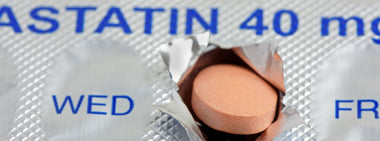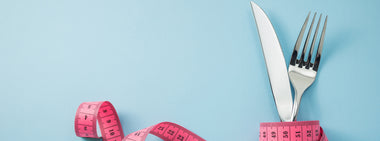Why foods that seem healthy may be making you sick… nutrition facts and fiction
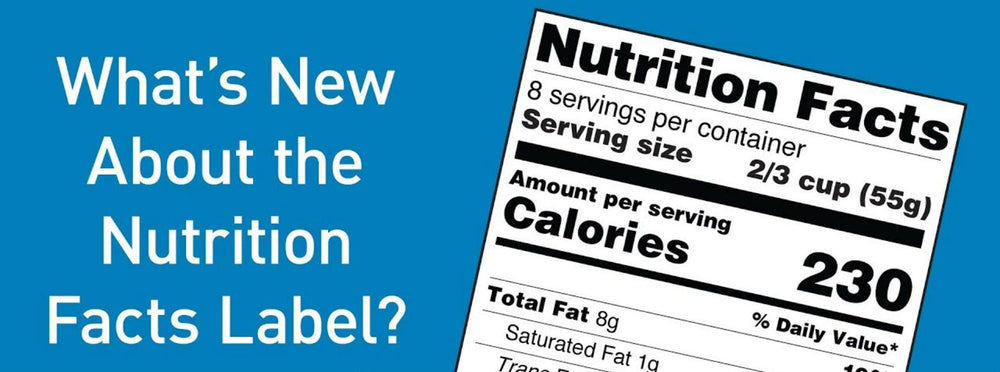
The Nutrition Panel is another tightly regulated space on any packaged food, yet it's also prone to limitations. In fact, until just a year or so ago, if you looked at the nutrition panel on a pack of gummy bears in isolation, you likely wouldn’t have been able to tell if you were looking at the nutritional profile of a handful of candy or a piece of fruit.
Which is why the FDA recently revamped these labels to help make them a bit more helpful.
So what’s changed?
Calories per serving are now boldly highlighted and serving sizes are much more realistic (no more half a muffin parading as a whole serving). Added sugars are listed separately. And instead of listing how much vitamin A and C a food has, the new labels highlight the nutrients most Americans don’t get enough of: vitamin D and potassium. These are all clear improvements. However, the Nutrition Panel continues to focus on broad generalities of what’s in the food and that can be misleading.
Here’s how to get the most out of the new Nutrition Panel without having the wool pulled over your eyes:
- Identify the amount of sodium present in the food. Unless you cook everything from scratch, you are almost certainly getting WAY more sodium than you need. Sodium content is one of the most useful pieces of information on the Nutrition Panel and everyone’s sodium consumption should fall below 2,300 mg/day. That’s the equivalent of just one teaspoon of salt. A quick way to figure out if the sodium content of a food is reasonable is if the sodium content is numerically the same or less than the calorie content per serving. So a soup that has 270 calories per serving should have 270 or fewer milligrams of sodium per serving. Note that if you have high blood pressure or even pre-hypertension, you should be aiming for under 1,500 mg of sodium per day (so sodium content per serving under those circumstances should be significantly lower numerically than the calorie count).
- Go beyond the amount of fiber listed in the panel. Everyone’s diet should include at least 25-35 grams of fiber per day. Most people get half that much! But not all fiber is created equal so the total amount can be misleading as to expected health effects. Fiber that comes as part and parcel of whole foods is the type most consistently linked with improved heart health. Fiber additives commonly used by food companies to boost the fiber number on a Nutrition Panel may help with elimination, but their effect on overall health is much less certain. So check the ingredient list for the words: “inulin”, “chicory root”, “fiber”, “cellulose”, “maltodextrin” and “polydextrose”. These are all fiber additives that signal that you may not be getting the entirety of the fiber benefit you’re looking for.
- Consider how much added sugar you’re getting. Calling out added sugars may be the most helpful change made to Nutrition Panels. Gram for gram, your body responds to the sugar found naturally - in whole fruit for example - in a much different way than how it responds to the sugar that’s been deliberately added to food. It’s that added sugar you want to really limit - because that’s the sugar that’s been linked to adverse health effects. The FDA recommends that added sugars comprise less than 10% of all calories consumed. For a typical 2000 calorie diet, that works out to 200 calories or 50 grams per day. Be aware that artificial sweeteners are NOT included in the added sugars total even though they have been documented to have many deleterious health effects. Watch for food companies to use more and more artificial sweeteners to keep the “added sugars” numbers low.
- Track your vitamin D and potassium. Many individuals are deficient in these nutrients and it’s a good thing that the Nutrition Panel now shines a light on this issue. But Vitamin D is almost impossible to get from food, unless it’s been heavily fortified. The best source of vitamin D is the sun, but most of us spend time indoors or wear sunscreen when outside. Vitamin D supplements are often required to get to adequate blood levels. The FDA recommends we take in 3500 mg potassium per day. Opposite to sodium, a food that is a better source of potassium would be one where the potassium content is numerically higher than the calorie content per serving.
While much improved, the information on the transformed Nutrition Panel is still inadequate to truly judge the quality of what we’re eating. Foods are incredibly complex and characterizing them in this simplistic way obscures the full potential effect - good or bad - on our biochemistry.
Which is why at Step One we're so obsessed with ingredients. When you choose Step One Foods, know that you’re choosing products that are composed of only the finest whole food ingredients - each of which was chosen for its documented health promoting properties. And that yields far more impressive health effects than any Nutrition Panel can convey.
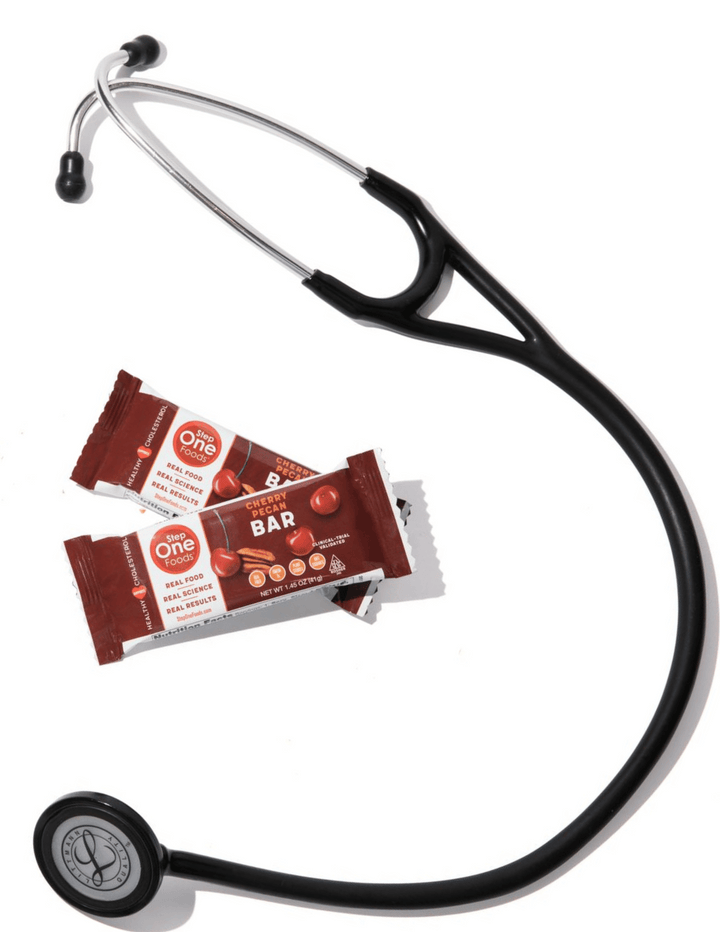
Tested & Proven Results.
- Cardiologist formulated
- Supported by over 500 publications
- Clinically-proven, in a double-blind randomized trial with Mayo Clinic and The University of Manitoba
80% of participants lowered their cholesterol in just 30 days. With just two servings per day, Step One Foods offers a proven-effective way to naturally lower LDL (bad) cholesterol.
Get heart health tips and articles like this, delivered right to your email.
New articles every week.
You may also like...
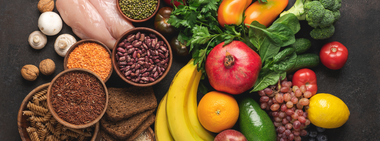
Insulin Resistance, Prediabetes and Type 2 Diabetes. Part 4: Un-Doing It.

You don’t need to avoid foods with cholesterol…except for these
